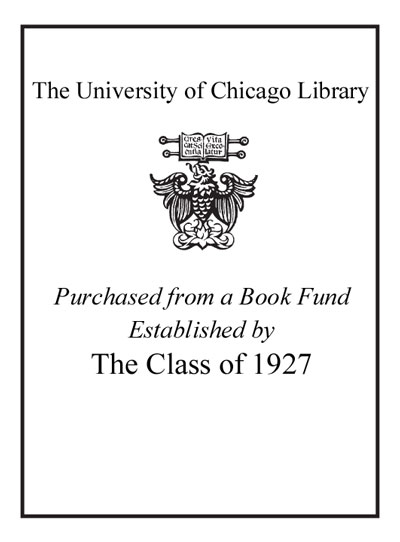The aim of this book is to try to tell the story that we're now all a part of--a story not just about emerging technologies such as XML and Web services, but also about how these technologies are coming together and combining in new ways, creating new applications for which the requirements have yet to be written. Structure of the Book Except for the first and last chapters, the book is essentially a bottom-up view of the XML-driven, open systems world in which we now find ourselves. Chapter 1 describes the big picture: how XML and the Web have changed our perspective about data so that instead of regarding data as something to be stored in a database and shuttled across networks by object systems locked in a tight transport protocol embrace, data is now free (thanks to XML and its family of standards) to move about the Web and create new synergies based on asynchronous loose coupling. After the next six chapters have described the current state of the technology, Chapter 8 then takes a top-down look at where we have arrived and explores some of the new kinds of interactions to expect in environments made up of traditional client-server networks, even more traditional mainframe applications, and the Web. Chapter Overviews Chapter 1 is an attempt to draw the big picture: how the Web and a data description technology known as XML have initiated fundamental changes in computing through a shift in focus from tightly coupled computing environments to loosely coupled networks centered around the Web and XML. The effect of this shift has been to spawn three revolutions. The first revolution, the data revolution, is the story of XML and its impact on how data businesses represent data. Although initially viewed as a data description language, XML in combination with HTTP, the Web transport protocol, quickly took on emergent properties, giving rise to SOAP. Today SOAP is the basis for communicating across loosely coupled Web space and is the key driver behind Web services. The second revolution is about software architectures and the move to loosely coupled distributed systems that are both an alternative and a complement to the more tightly coupled systems such as Common Object Request Broker Architecture (CORBA), Distributed Component Object Model (DCOM), or Remote Method Invocation (RMI). The third revolution, the software revolution, involves a changing model of software construction influenced by the World Wide Web Consortium (W3C) in its effort to build a universal Web. Instead of trying to construct software that "does it all," this new era of software assembly is based on the principles of simplicity and modularity, encouraging combination with other software entities. Chapter 2 covers the core XML technologies, XML 1.0 and namespaces, and explores the family of technologies surrounding this core that provides the support system for delivering structured content across the Web. We examine the applicability of the various support technologies from the perspective of a fictitious company, ZwiftBooks, that has decided to adopt XML in an effort to build its business around Web standards and protocols. The chapter focuses on two important categories of XML support: presentation and transformation. For data presentation we look at cascading style sheets, Extensible Stylesheet Language (XSL), Extensible Hypertext Markup Language, and VoiceXML, each offering options for delivering XML to a variety of devices in different formats. For XML manipulation we look at XSL Transformations, XPath, and XQuery, three technologies used to transform, process, and query XML data. Finally, to round out our tour, we look at Resource Description Framework and the XML Information Set, which permit different XML technologies to integrate more effectively, helping foster what the W3C refers to as the seamless Web. Chapter 3 looks at XML in practice: how XML has been put to use in a variety of ways, from s Excerpted from XML, Web Services, and the Data Revolution by Frank P. Coyle All rights reserved by the original copyright owners. Excerpts are provided for display purposes only and may not be reproduced, reprinted or distributed without the written permission of the publisher.


